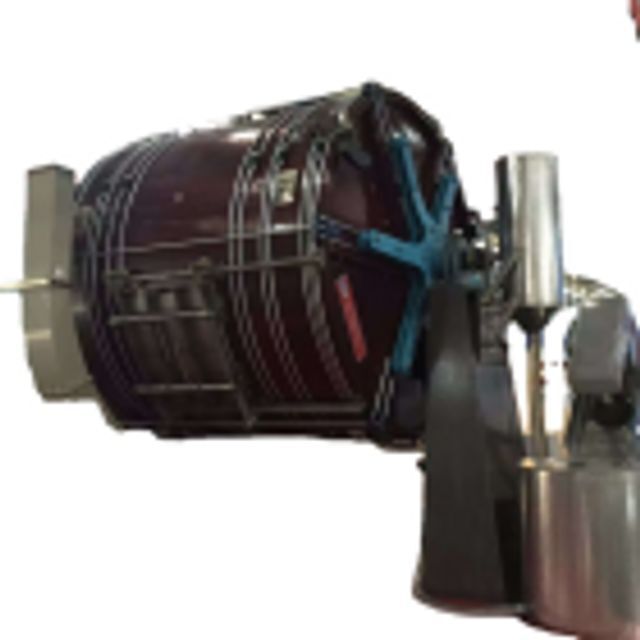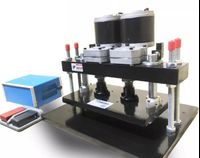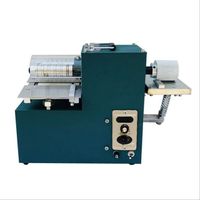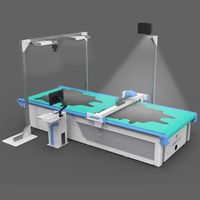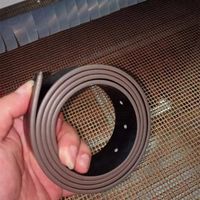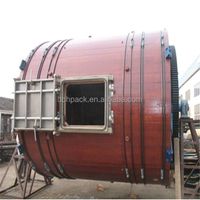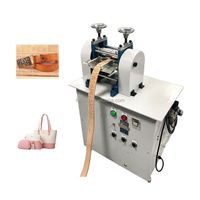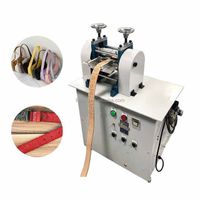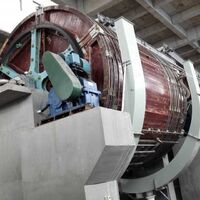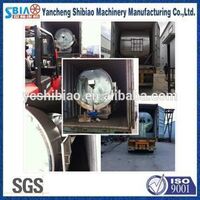D3.5m by L3.5m leather tanning retanning dyeing wooden drum tannery drum
-
Supplier: Yancheng Shibiao Machinery Manufacturing Co., Ltd. -
Region: Jiangsu, China -
Contact: Ms Lily Kuai -
Price: $24000.00 / 1 - 4 sets
$23000.00 / >=5 sets -
Min. Order: 1 set
| Function: | tanning,dyeing; | Applicable Industries: | Garment Shops,Farms,Other; |
| Local Service Location: | Bangladesh,None; | Warranty: | 1 Year; |
| Supply Ability: | 50 Set/Sets per Month leather tanning retanning dyeing wooden drum; | Payment Terms: | L/C,D/P,T/T; |
| Machinery Test Report: | Provided; | Port: | shanghai; |
| After Warranty Service: | Video technical support,Online support,Spare parts; | Control system: | plc automatic control; |
| Condition: | New; | Packaging Detail: | piece to piece in the container,1 20GP can land two 2.5*2m wooden drum; |
| Usage: | Leather Drum Dyeing; | Size: | D 3.5m W 3.5m; |
| Place of Origin: | Jiangsu China; | Dimension(L*W*H): | CUSTOMIZED; |
| Showroom Location: | None; | Material: | imported Ekki wood from Africa; |
| Weight: | leather tanning retanning dyeing wooden drum; | Core Components: | Engine,Bearing,Gearbox,Motor,Gear; |
| Suitable for: | leather, skin; | Name: | D3.5m by L3.5m leather tanning retanning dyeing wooden drum; |
| Power: | 22kw; | Warranty of core components: | 1 Year; |
| Brand Name: | SHIBIAO; | After-sales Service Provided: | Engineers available to service machinery overseas,Free spare parts,Field installation, commissioning and training,Online support,Video technical support; |
| Video outgoing-inspection: | Provided; | Type: | retanning dyeing drum,retanning drum; |
| Automatic Grade: | Automatic; | Loading capacity: | 4000kg; |
| Marketing Type: | Hot Product 2019; | Voltage: | as cusomter's requirements; |
| Certification: | CE; ISO900; |
D3.5m by L3.5m leather tanning retanning dyeing wooden drum
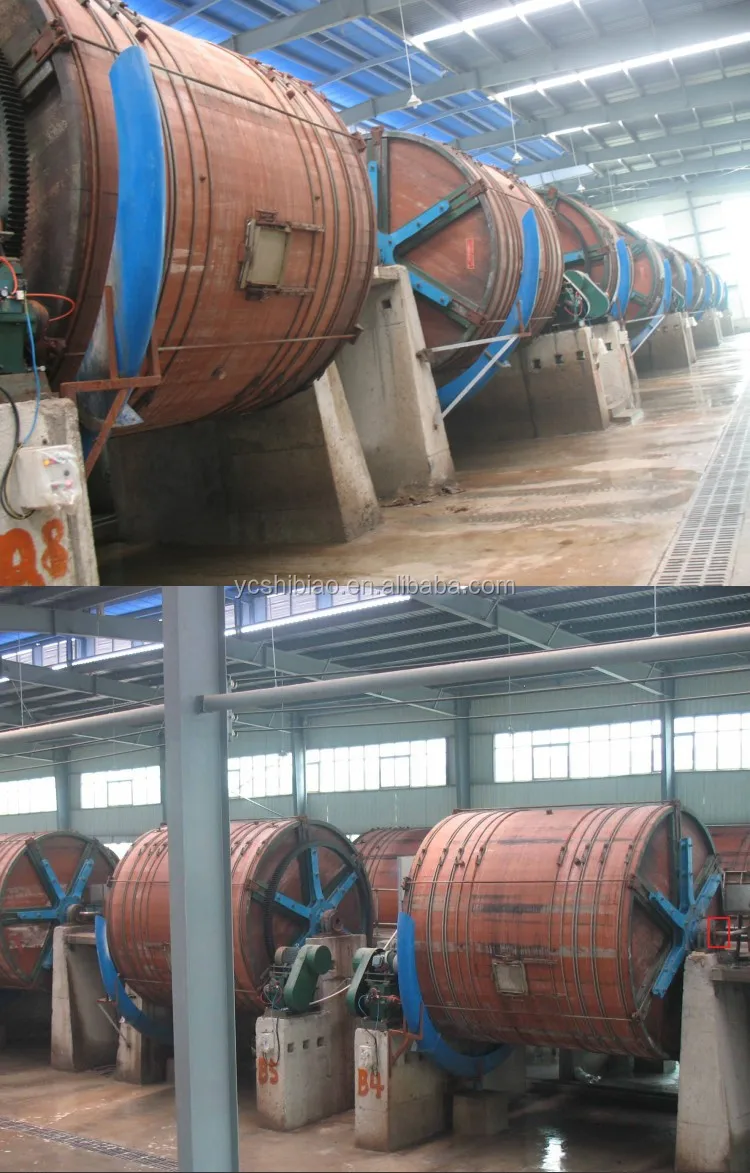
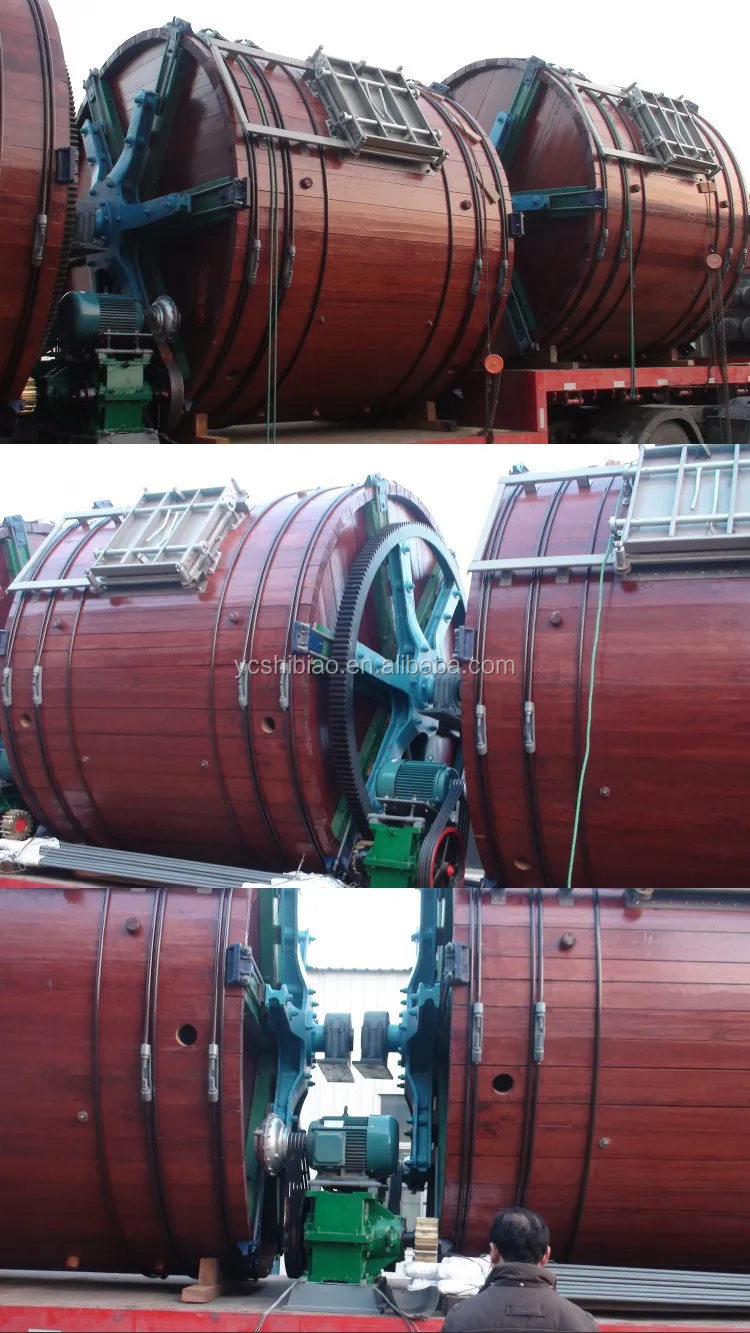
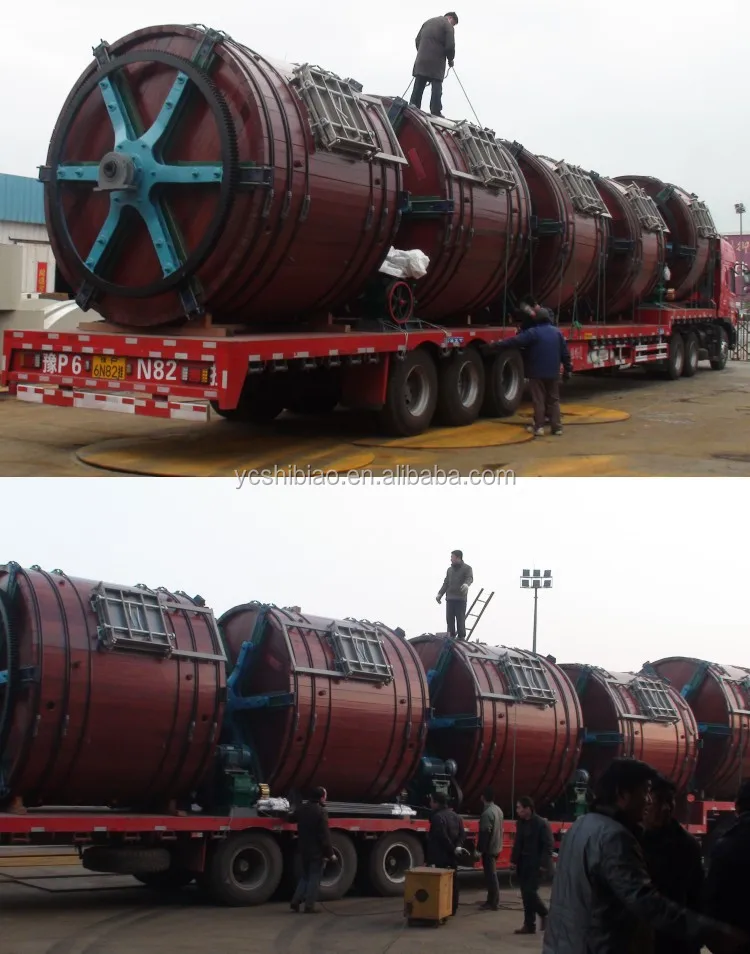
|
The Specification(mm) |
Φ3500x3500 wooden normal drum |
|
|
Loading capacity of skin |
If leather : water=1:2, For liming, about 4500kg.For tanning, about 3000kg |
|
|
Drum body |
Wood Material |
Imported Ekki from Africa |
|
Plate thickness(plank) |
80mm, 1400kg/m3 |
|
|
Wood Guarantee |
15 years |
|
|
Drum’s door |
Material and style of the door |
AISI 316L Stainless steel horizontal sliding door |
|
Dimension of the door |
Size of large door 900x900, size of small door 400x400 |
|
|
Gearwheel |
Diameter,model |
Φ2808 , m12 |
|
Material |
Standard cast- steel, integrated casting with main spindle |
|
|
Guarantee |
All use life except normal abrasion |
|
|
Spider/star |
Diameter |
Φ2600 |
|
Material |
Standard cast- steel, integrated casting with main spindle |
|
|
Guarantee |
All use life except normal abrasion |
|
|
Speed of the revolving drum |
About 6rpm,single speed, (made as request) Customer need confirm drum speed |
|
|
Motor |
22kw , provide hydraulic coupling Customer need confirm voltage and frequency |
|
|
Gear box |
Style |
Hard-surface gear,180 style Specially used in drum ,and provide pneumatic brake |
|
Direction |
Customer need confirm gear box direction, it means the gear box is on left or right side when person faces drum standing on the floor. |
|
|
Guarantee |
5 years |
|
|
Small gear of the gear box |
Wear-resistant steel gear |
|
|
Drain valve |
All Material are AISI 316L Stainless steel, draining two sides ,2 valves each side |
|
|
Main spindle and the bearing |
Main spindle zg45#,provide 22238 self-aligning bearing |
|
|
Outside drum |
CranesΦ20x16 with hot galvanization, transverse braceΦ22x6,vertical rodΦ20x12,made of 45# steel material |
|
|
Inside Drum peg |
Wooden drum peg Φ76xL(total)420, 10 steps,5/4 crisscross |
|
|
Electrical control cabinet |
Every drum has a cabinet with functions of forward and reverse starting, crawl, controlling total working time, reduced voltage starting and brake lag. |
|
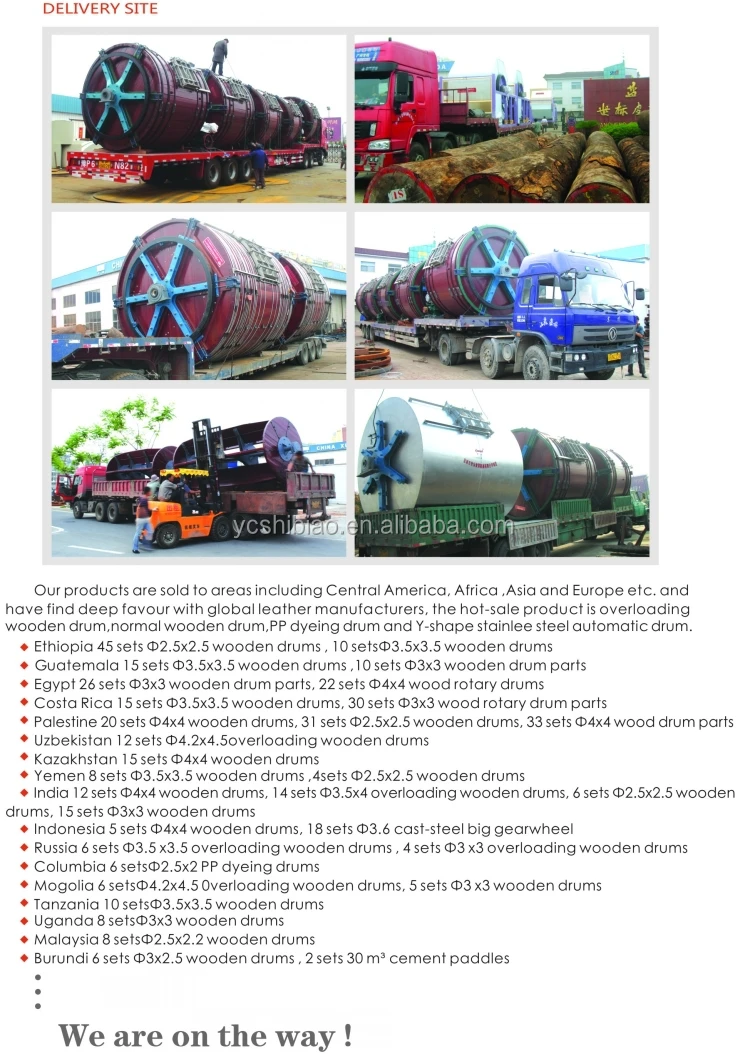


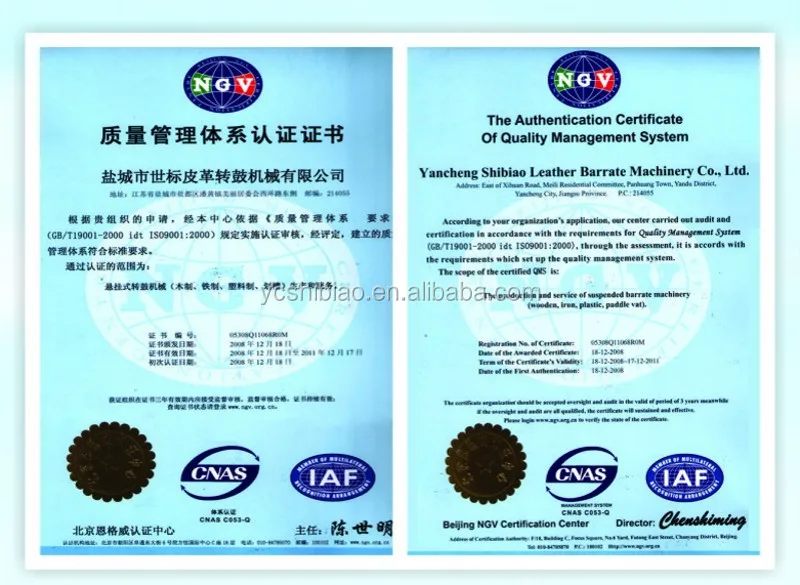

Lime / Liming
The first step in the liming drum is the soaking of the hide.
Using water, the raw material is cleaned of any natural hide dirt.
The main objective in soaking the hide is to restore it to its natural condition as on the living animal with a water content of approximately 65%
After this, the liming takes place in the same drum.
Here, substances that can´t be turned into leather, such as natural oils and proteins, are washed out of the hide.
By adding lime and sodium sulphide, the ph-value during the dispensing process is raised. By doing so, hair is chemically removed from the surface of the hide.
Soaking and liming are carried out in one process, which typically lasts from 24 to 36 hours.
The limed and dehaired hide is now called pelt.
Fleshing
In the fleshing excess flesh and fatty tissue from under the pelt is removed mechanically.
Afterwards, the defleshed pelt is trimmed. During this process, the sections of the root of the tail, the navel, the kneecaps, and other unwanted parts of the hide are cut off.
Splitting
A bandknife is used to split the pelt horizontally into a grain split and a flesh split.
The grain or leather split is later processed into upper leather.
The flesh split is usually processed into split leather, but is here supplied to the gelatin industry. It is far too thin to be used as split leather, because the leather split is cut extra thickly.
Tanning
The central flow of work during leather fabrication is the tanning, which takes about 20 hours and follows a special formula carried out in a drum.
Until it is tanned, the hide is perishable. Only by tanning is the hide preserved and made durable.
This process is made up of five steps, which take place one after another in the tanning drum: deliming, bating, pickling, tanning, and basification.
During the first step - deliming -, the lime added in the liming drum is released, this step is carried out using carbon dioxide, which is very environmentally friendly.
During the next step - bating-, collagen and other proteins are removed in a regulated way by the use of enzymes. By doing this, the fibers become more flexible and the leather becomes softer.
In the pickle, the ph-value of the hide is lowered by adding acid and salt to prepare the hide for the addition of tanning agent.
When the hide has reached a ph-value of about 3 throughout its full width, it is ready for the adding of the tanning agent..
A wide variety of substances can be used for tanning.
Chromium, the most widely used and the most eco-friendly tanning agent available.
Chromium is a natural, non-toxic element and is actually a micronutrient found in our food.
When the ph-value is low, the chromium molecules are very small and can therefore easily penetrate the hide and become incorporated in the skin fibers
During basification, the pH-value is now slightly raised, which makes the chromium particles in the hide grow larger and connect with the skin collagen in at least two places.
This connection between tanning agent and hide material is called tanning.
The chromium tanning dyes the hide into a bluish color; therefore, after tanning it is called ”wet blue”.
Sammying / cutting
The wet blues, which are soaking wet, are placed on the sammying machine and two felt rollers press out a part of the water under high pressure.
Afterwards, the complete hide is cut into two sides, because sides are easier to be handled in further processing.

-
Electric dual motor cutting machine press leather die cutting punching machine

-
ZXT fully automatic digital industrial CNC genuine clothing natural leather cutting machine for sale

-
Leather strip cutting machine and tape folding machine

-
60 tons single side automatic feeding hydraulic round bubble cleaning/leather/sponge scrubbing/pad/die cutting machine

-
Jindex Sofa Upholstery Shoes Automatic Leather Cutting Machine, PU Pattern Automatic Knife Cutting Machine China Supplier Hot Sale

-
Horizontal belt edge dyeing machine leather men and women leather oil edge machine

-
Leather processing drum for full line leather production

-
Leather ironing machine Leather warm roll electroplating embossing machine Belt belt making machine

-
Precision hydraulic leather belt embossing machine

-
VS925L Shoe Machine Atomic Refurbishment 25 Tons Swing Arm Cutting Press

Other Products
-
 $33000.00 - $34000.00 / set
$33000.00 - $34000.00 / set -
 $3000.00 / set
$3000.00 / set

